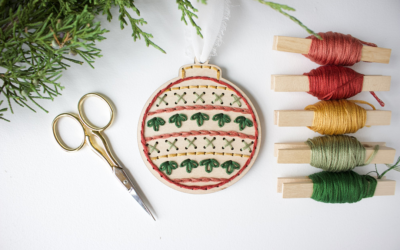Visual art serves as a powerful medium—this is something we all know. In its purest form, it can stand for expression and reflection and create dialogue within a community. It enriches our cultural landscape, stimulates critical thinking and fosters a sense of identity and belonging. Vibrant and unique artwork challenges conventional norms, prompting viewers to explore new perspectives and broaden their understanding of the world around them. The transformative impact of publicly accessible, open art in large and small communities is well documented but bears repeating. The art and access that they provide contribute to the overall personal, economic and communal health of our towns, cities and regions.
This all sounds great, but how do we protect this resource in Northern Colorado? What is the true benefit of having art that is donor-supported instead of using tax-supported dollars? In the art world, there are many different funding models ranging from private foundation dollars to city/tax funded as well as public institutions that are funded solely by donors, sponsors, grants, events and memberships. Public art that is tax-sponsored, for the most part, is weighted more toward city beautification. While there is a time and place for these displays, it is not art that seeks to move the needle in society, but rather seeks to be inoffensive and appealing to all.
In Northern Colorado, the Museum of Art Fort Collins (MoA) has exhibited everything from Andy Warhol to Norman Rockwell, National Geographic photography and profound group exhibitions on prison architecture, art from incarcerated artists and art that deals with white supremacy and hate (to name a few). This type of powerful uncensored art stems from a funding model that is purely supported by the public through admission fees, donors, sponsors, grants and earned income. The museum is not supported by tax dollars and is not run by the city in any way.
“In the past year, the museum has committed our energies to addressing the barriers to equity and inclusion, social justice and diversity through our exhibitions, the MoA for All program and community engagement with visual arts,” says MoA executive director Lisa Hatchadoorian. “Through partnerships with agencies that serve the underrepresented and community curated art and conversations, we provide an accessible place to explore the artist within, educate about the power of art and create a sense of belonging for all. This is the power of art and why I am so passionate about the work we are doing in Fort Collins.”
What about massive art pieces that fit on a building rather than inside it? You may notice a variety of murals going up around Fort Collins every fall. Creative freedom is a core value of Fort Collins Mural Project (FCMP), a nonprofit bringing vibrancy, diversity, and opportunity to Fort Collins. Founded in 2015, FCMP has facilitated 87 murals to date, collaborated with local nonprofits to amplify artists’ work and is primarily focused on providing opportunities for BIPOC, LGBTQIA+ and emerging artists residing in Colorado.
Unlike other public art programs funded by tax-payer dollars, FCMP relies solely on donations, sponsorships and grants to fund their projects.
“The constant struggle to secure funding has proven to be a direct barrier to the impact we want to have, compared to what we can realistically accomplish,” says Anne Rose, the nonprofit’s communications director. Even with the big task of placing large-scale works of art throughout our city, the fully volunteer board at FCMP walks away proud of what they are able to pull off for their artists and community year after year.
Throughout Northern Colorado, creativity flourishes amidst stunning natural landscapes and diverse communities. It is imperative to cultivate an environment where artists are free to explore their creativity without limitations. By supporting grassroots initiatives like FCMP as well as independent museums and non-governmental funded art programs like those offered at MoA, we can do just that. We can and should seek to empower local and regional artists and strengthen the cultural fabric of Northern Colorado and beyond.






